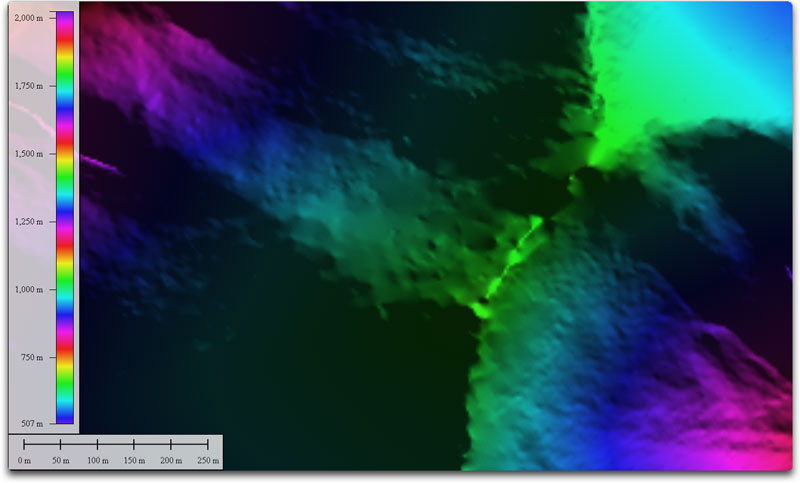Balds and Glades in the Appalachian Mountains
The distal sand ejecta hypothesis suggests that a fairly level playing field is necessary for the formation of a burst-bubble planform. Above the coastal plain, these locations are few and far between. When such a location exists - high on a flat hilltop or on a very gently sloping area - we could expect to identify both the planform as well as enigmatic anomalies vs the surrounding landscape. We have noted the early identification by settlers of “balds” or treeless glades in the Appalachian Mountains. Noted botanical researcher Bertram W. Wells wrote several papers on these enigmatic locations, and found them to be the residual effects of native Indian clearing operations. Our interpretation is that the areas would likely be used by the native populations (as the bays certainly were), but that the chemical nature and drainage properties of these sands were originally responsible for their remaining treeless.
An example of a bald is the “Andrews bald”, located in western North Carolina. Here is a LINK to a higher resolution image, and a KMZ LINK to the LiDAR for viewing in Google Earth.

Andrews Bald, NC note the near-circular feature on the slope. 5860' elevation, 2 miles south of Clingman's Dome. On southwest side of ridge. 75 acres. Page 7 - Southern Appalachian Grass Balds B.W. Wells 7/1937


